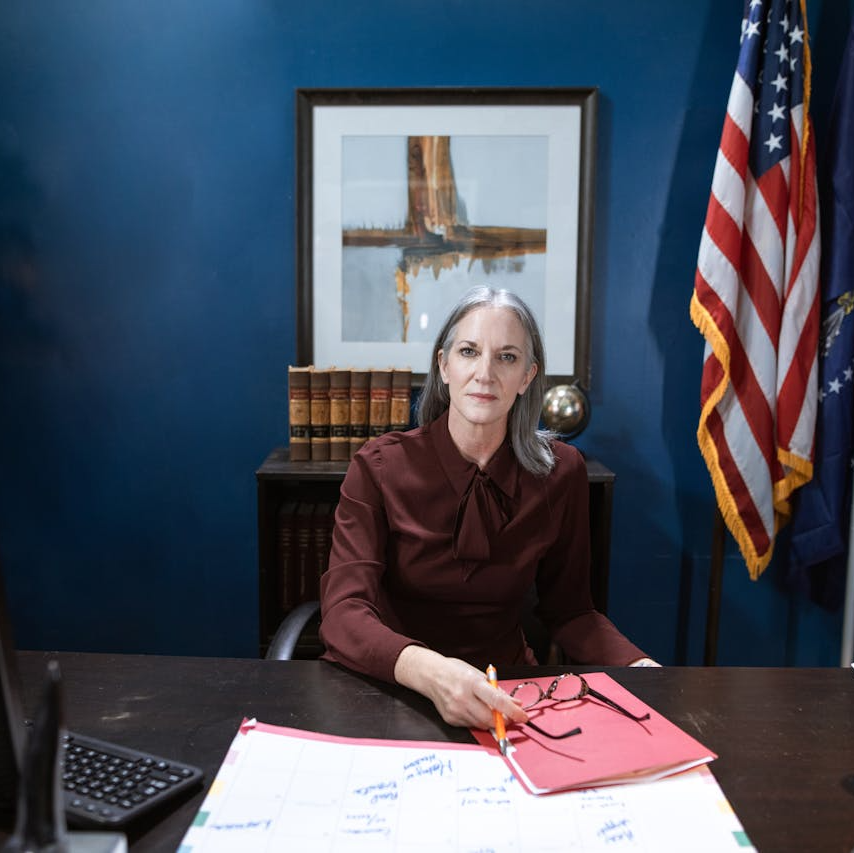Retirement Planning and How Federal Employees Set Goals

I had the opportunity to do a retirement planning seminar for a group of federal employees who asked a very important question. How do we set goals when we can’t predict what is going to happen in the next few minutes much less how our Thrift Savings Plan will perform over the next decade?
- Also Read: You Could Be Overlooking Key Federal Employee Perks That Won’t Be Around Forever
- Also Read: FEGLI Premiums Are Rising as You Age—Here’s What Federal Employees Should Do About It
- Also Read: Annual Checklist for Reviewing and Updating Your FEHB Health Plan
We may not know exactly when we will retire, but we do know that we have the desire to retire. We can’t predict when we will die, but we know most definitely that we will. We don’t know when we will be burdened with an illness or face some other unforeseen challenge, but we will. Such things are a part of living.
Goal setting is not as difficult or consuming as all of that, it is the basis of the planning process, be it financial, educational, or otherwise. Many of us think of goal setting as a task, something that must have defined steps and approached as an assignment. Goal setting is unique and individual. The beginning of formulating your own individual goals is to get a clear understanding of the difference between wants and needs. There are some needs that are declared standard or common to the population.
There may also be needs that are uniquely individual. However we define and set our goals it is important to prioritize what is most important over those things that can wait. For most of us resources are limited and spreading the resources over the needs that are a priority requires making careful and sound decisions – do we take that vacation to Hawaii this year or do we contribute a few extra dollars to our TSP funds, for instance.
As retirement gets closer and closer, setting goals, prioritizing, distinguishing between wants and needs will influence your decisions and help you to understand effective decision-making now and in the future. Getting these planning tools under your belt will help you RETIRE WELL.
P. S. Always Remember to Share What You Know.











